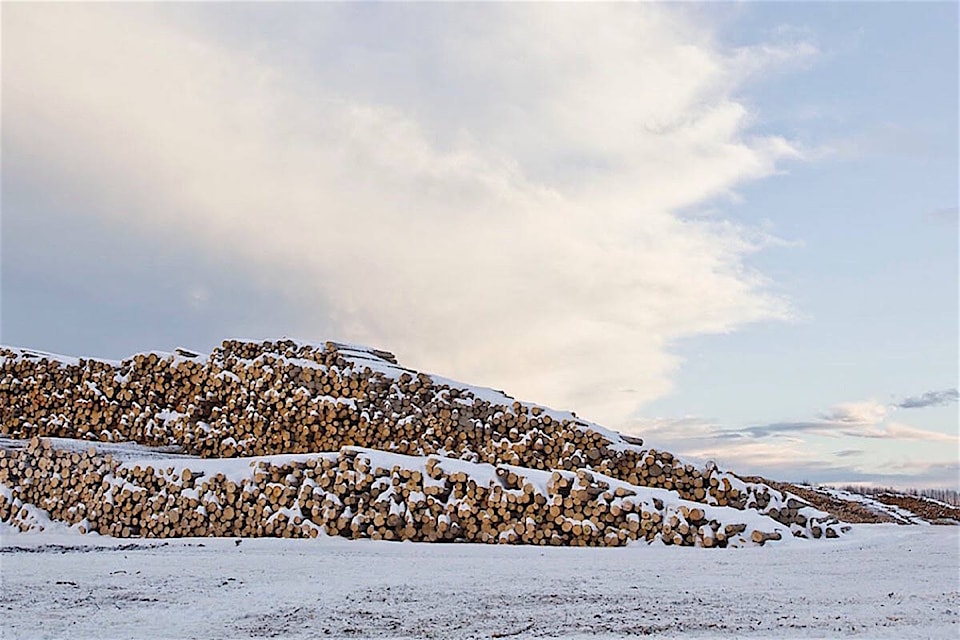The B.C. government says three quarters of the 204 Indigenous communities in the province are interested in its old-growth forest preservation project, but so far only one has moved ahead with its own resource management plan.
The Huu-ay-aht First Nation on Vancouver Island has been at the centre of progress and disputes over forest management. In May 2021 it increased its share in a joint venture with Western Forest Products for ownership of a major Island timber licence and interest in one of Western’s sawmills.
Huu-ay-aht was also the first Indigenous community to sign on to Premier John Horgan and Forest Minister Katrine Conroy’s province-wide deferral program for endangered old-growth forests, after joining the Ditidaht and Pacheedaht First Nations in a declaration of sovereignty over their traditional territories in June.
Horgan’s cabinet quickly passed an order to comply with their logging deferral areas, including areas in the Walbran and Fairy Creek watersheds that have been targeted by outside protesters for more than a year. The protests have continued in defiance of court orders and repeated requests from the traditional title holders for them to leave.
In mid-December, the province and Huu-ay-aht announced they had completed the deal.
“The Huu-ay-aht First Nation will partner with the province to defer 96 per cent of the old growth recommended by the technical advisory panel within our Ḥahuułi (traditional territory) and Tree Farm Licence 44 while we work towards an integrated resource management plan for 2023,” Huu-ay-aht Chief Robert J. Dennis Jr. said Dec. 16. “This will ensure sufficient old forest is protected, while we complete our resource-management planning process and make our long-term forest and resource stewardship decisions.”
RELATED: Huu-ay-aht endorses B.C. old-growth deferral areas
RELATED: B.C. Indigenous leaders testing new forest authority
That is the path Horgan and Conroy have hoped many others would take with some of the 2.6 million hectares identified for Indigenous-led harvesting deferral across B.C. The ministry said 161 of 204 Indigenous groups have responded to their invitation to review deferral areas set up by an appointed panel.
“Almost all First Nations that responded expressed interest in engaging with the province on old-growth management,” the ministry said Dec. 16. “In addition, many expressed interest in managing forests in support of broader, related values, including wildlife habitat, cultural practices, clean water, healthy salmon populations and species at risk.”
B.C. forest giant Canfor Corp. issued two statements in December. The first called for the province to start over on the old-growth plan, which began with the abrupt release of maps and a 30-day consultation period that almost no Indigenous leaders could or were willing to meet.
“We are asking the government of British Columbia to rethink the old growth deferral process,” Canfor CEO Don Kayne wrote in an open letter to Horgan and Conroy Dec. 15. “Together, we can build on the 75 per cent of old growth forests that are already protected or outside harvesting areas.”
The next day, Canfor announced it is taking over Millar Western Forest Products, with Alberta forest licences and sawmill complexes in Whitecourt and Fox Creek, along with a specialty mill in Acheson, AB.
“We are excited to expand our Alberta operations to meet the growing demand of our customers for high-quality and sustainable wood products,” Kayne said of the $420 million acquisition.
@tomfletcherbc
tfletcher@blackpress.ca
Like us on Facebook and follow us on Twitter.



